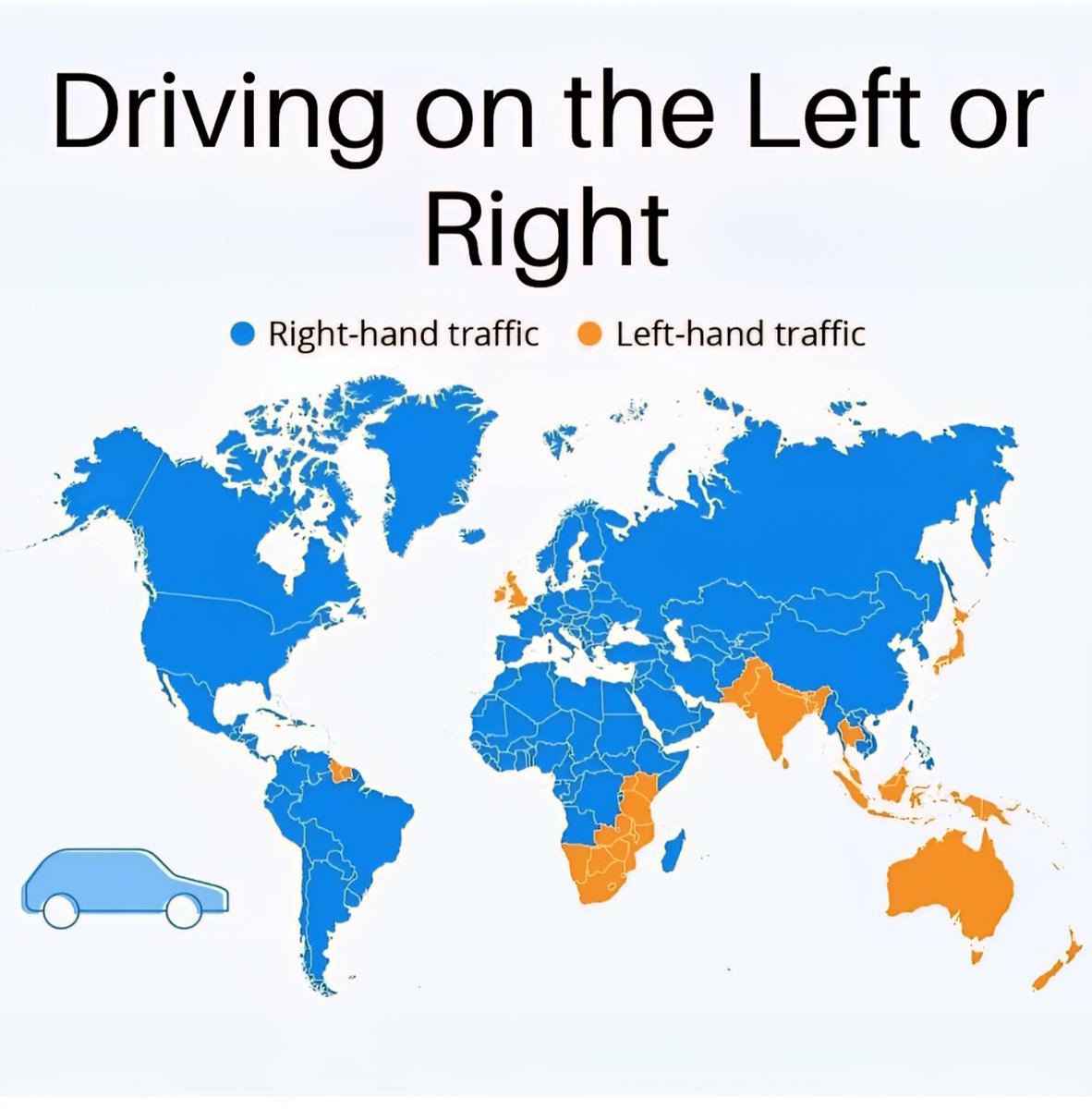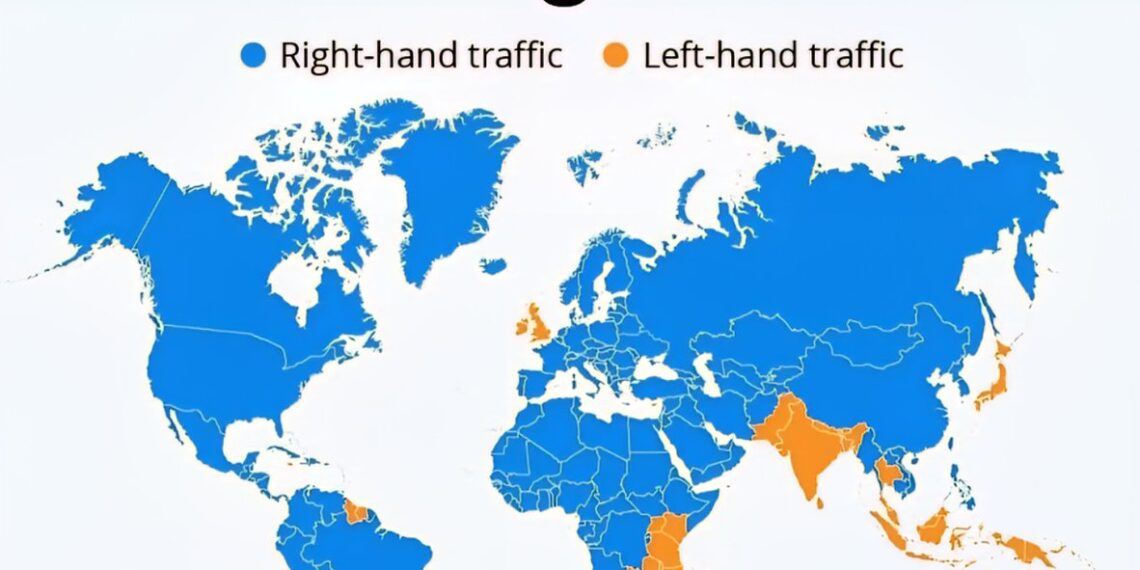Select Language:
Navigating the World: How Different Countries Handle Left vs. Right Driving

Driving customs vary widely across the globe, with some countries favoring left-hand driving while others stick to right-hand driving. As international travel becomes more common and driving more integrated into daily life, understanding these differences is crucial for travelers, expats, and logistics companies alike. Here’s a comprehensive look at how different parts of the world approach this fundamental aspect of transportation in 2025.
1. Countries That Maintain Left-Hand Driving
Several nations continue to keep driving on the left side of the road – a tradition rooted in historical practices, colonial influences, and safety regulations.
- United Kingdom: Still firmly on the left, the UK maintains its long-standing tradition, with iconic double-decker buses navigating streets on the “wrong” side for Americans but the right side for Brits.
- Japan: Known for its distinctive vehicle designs and meticulous roads, Japan continues to push vehicles on the left, a holdover from its earlier British influence during the colonial period.
- Australia & New Zealand: Both countries pride themselves on their left-side driving, with robust road safety campaigns reinforcing this practice.
- India & South Africa: Vast and diverse, these nations keep left, with infrastructure adapted to suit this driving orientation.
Image: 
2. Countries That Switched to Right-Hand Driving
Many countries transitioned to right driving during the 20th century, driven by cross-border trade, modernization, and regional influence.
- United States: The nation adopted right-side driving early on for logistical consistency and safety reasons, leading the world in vehicle manufacturing with this configuration.
- Most of Europe: Countries like Germany, France, and Italy standardized on right driving, enabling smoother cross-border traffic without weird intersections.
- China & Russia: Rapid modernization in the 20th century saw these giants adopt right-hand driving to align with international standards.
Switching over from left to right can be complex and costly, often involving decades of infrastructure adjustments, signage updates, and driver re-education programs.
3. Countries with Dual or Flexible Road Rules
While most countries adhere strictly to either left or right driving, a few have unique or flexible systems:
- Indonesia & Samoa: These islands maintain left side driving but are also known for their informal, sometimes chaotic traffic rules, especially in rural areas.
- South Africa: Despite being on the left, certain regions and border crossings see a mix, especially commercial zones with cross-border trucks.
Flexible road rules can sometimes lead to confusion, especially at border crossings or in regions with diverse influences due to historical colonization or proximity to different driving systems.
4. Challenges of Changing Driving Sides
Switching sides isn’t as simple as flipping a switch. Countries that have attempted to change their driving side faced obstacles such as:
- Infrastructure Overhaul: Rerouting roads, updating signage, and adjusting traffic signals cost billions and take years to complete.
- Driver Adaptation: Drivers require retraining, often through extensive public awareness campaigns, to reduce accidents and confusion.
- Vehicle Modifications: In some cases, vehicle manufacturing had to adjust—such as relocating steering wheels—to comply with the new system.
Japan, for example, considered switching to right-hand driving in the 1960s but ultimately decided against it due to the massive implementation costs and societal disruption.
5. The Future of Global Driving Rules
In 2025, a growing trend suggests a push toward harmonizing road systems to reduce cross-border confusion. International organizations advocate for standardized traffic rules, but historical, cultural, and political factors heavily influence decisions.
Some countries, like Kenya, are considering switching to right-hand driving to align with neighboring nations and modernize their transit systems. Conversely, nations with deep-rooted driving customs, such as the UK and Australia, are unlikely to change anytime soon.
6. Practical Tips for Travelers and Expatriates
- Know before you go: Always research the local driving rules of your destination country.
- Practice in advance: Use virtual driving simulators or lease a vehicle in-country to get accustomed to the side of driving.
- Pay attention at intersections: Many accidents occur from unfamiliarity at busy, multi-lane crossroads.
- Drive defensively: Be especially cautious in countries with mixed or chaotic traffic patterns.
Navigating the world of driving laws requires understanding regional histories, cultures, and safety concerns. As the global landscape continues to evolve in 2025, awareness becomes increasingly vital for ensuring safe and smooth journeys across international borders. Whether you’re a traveler or a logistics professional, knowing whether to keep left or right can make a significant difference in the travel experience.




